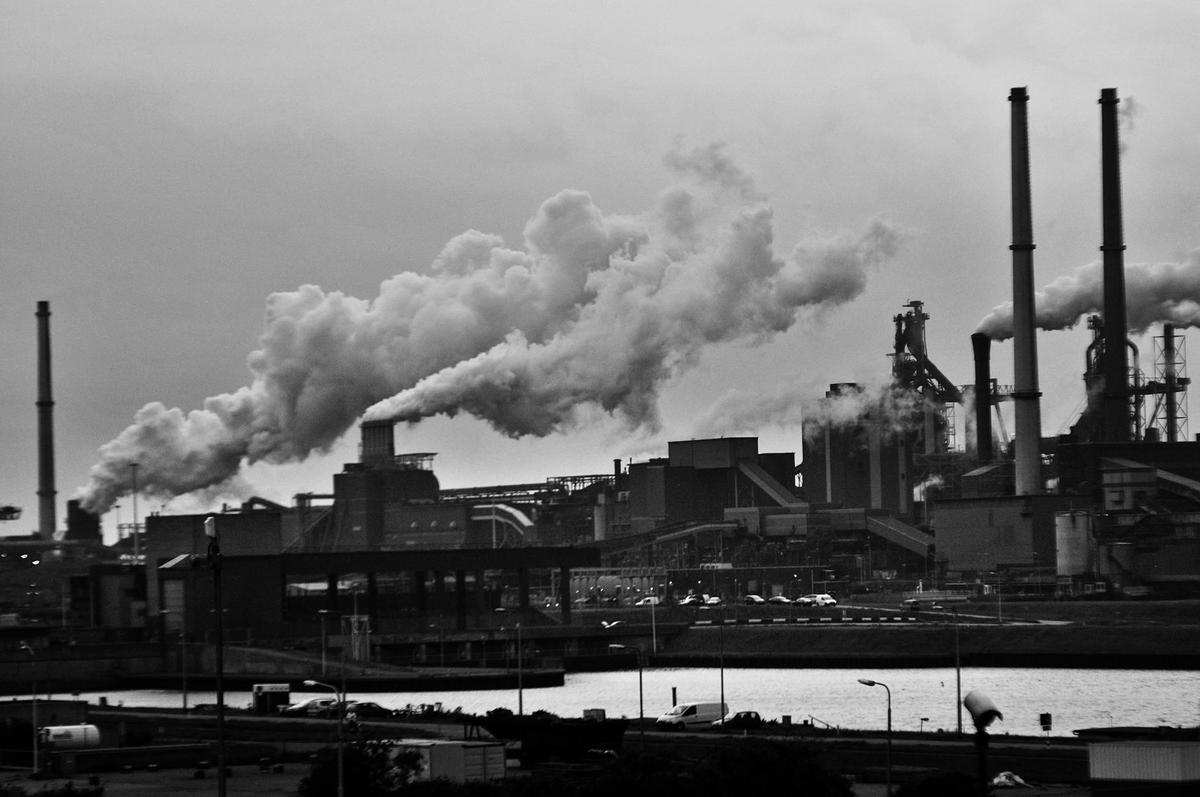
Climate Change Adaptation Strategies for Vulnerable Regions
Climate change is an undeniable reality that poses significant challenges worldwide, particularly for regions already vulnerable due to their geographic and socioeconomic conditions. Adapting to these changes is crucial for mitigating adverse impacts and ensuring sustainable development.
Understanding Vulnerable Regions
Vulnerable regions often include low-lying coastal areas, arid and semi-arid lands, and small island nations. These areas are at higher risk due to factors such as limited resources, poor infrastructure, and high exposure to natural disasters. According to the Intergovernmental Panel on Climate Change (IPCC), these regions are already experiencing adverse impacts like rising sea levels, increased frequency of extreme weather events, and prolonged droughts.
Expert Insights
Dr. Maria Watson, a climate scientist, emphasizes, “Adaptation is about building resilience in communities by enhancing their ability to cope with and recover from climate impacts.”
Research Findings
Studies show that investing in climate-resilient infrastructure can yield a return of $4 for every $1 spent. This underscores the economic viability of proactive adaptation measures.
Examples of Adaptation Strategies
- Community-Based Initiatives: In Bangladesh, local communities have developed floating gardens to ensure food security during floods.
- Technological Solutions: In Kenya, mobile technology helps farmers access weather forecasts and market prices, enhancing their decision-making capabilities.
Actionable Tips
- Encourage local governments to implement early warning systems for disasters.
- Promote sustainable agricultural practices that improve soil health and water conservation.
- Support educational programs that raise awareness about climate resilience.
| Region | Challenge | Adaptation Strategy |
|---|---|---|
| Bangladesh | Flooding | Floating gardens |
| Kenya | Drought | Mobile weather forecasting |
| Maldives | Rising sea levels | Artificial islands |
| Australia | Wildfires | Controlled burns |
| Netherlands | Sea level rise | Dikes and levees |
| India | Heatwaves | Cool roofs initiative |
| Peru | Glacial melt | Water reservoirs |
| Philippines | Typhoons | Storm shelters |
FAQs on Climate Change Adaptation
What is climate adaptation?
Climate adaptation involves making adjustments in natural or human systems to minimize harm or take advantage of beneficial opportunities in response to actual or expected climatic stimuli.
Why is climate adaptation important?
Adaptation is crucial as it helps vulnerable communities prepare for and mitigate the impacts of climate change, reducing potential damages and enhancing resilience.
How can individuals contribute to climate adaptation?
Individuals can support adaptation by advocating for sustainable policies, participating in local conservation efforts, and adopting eco-friendly practices in daily life.
Conclusion
Addressing climate change in vulnerable regions requires a multifaceted approach that combines local knowledge, scientific research, and global cooperation. By implementing effective adaptation strategies, these areas can enhance their resilience, protect their communities, and ensure a sustainable future. As we continue to face the challenges of a changing climate, it is imperative to act now and support initiatives that foster adaptation across the globe.


